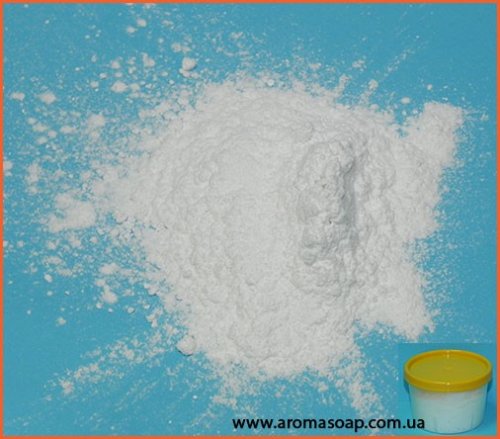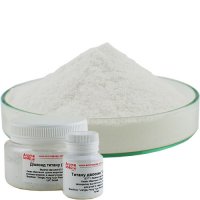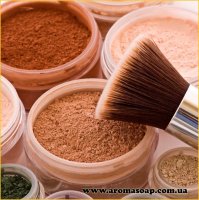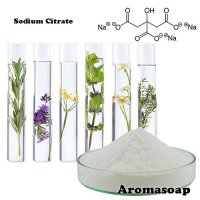Talc (farm)
Talc - Mg3Si4O10(OH)2 - mineral, crystalline substance. It is a fatty crumbly powder of white (occasionally green) color. The quality of talc is determined by its whiteness.
Purpose of cosmetic talc: Antiseptic. It forms the basis of mineral cosmetics and improves its texture.
Contraindications: Individual intolerance to the mineral.
Cosmetic talc
The use of talc in cosmetics accounts for 2% of its total consumption. The main application of talc in cosmetics is baby powder, in which the talc's pH level and surface properties allow it to retain odor. In dry antiperspirants, talc is used as a filler because it has the property of sticking to the skin and also because of its low price.
In cosmetic eyeshadows, talc makes up up to 80% of the mass. The natural properties of talc give cosmetics durability, texture, water-repellent properties and allow them to adhere better to the skin. In pressed cosmetic products, talc with a fineness of less than 5µm is used, as otherwise the presence of air in the product may degrade its quality.
In more specialized applications, talc is treated with special hydrophobic coatings. This allows it to be used in cosmetic products applied to both dry and wet skin.
In cosmetics, talc has different requirements. The main requirements are cleanliness, absence of impurities and odor. The maximum particle size is well defined (<60µm), however, there are also restrictions on the minimum particle size, as very small particles can clog skin pores.
Use of talc
Before using talc in the production of cosmetic products, talc is specially processed to remove microbiological elements. Calcination at the final stage of the talc production process is not always effective, although to some extent it allows the destruction of microorganisms. More effective processing methods are steam sterilization, gamma irradiation and ethylene baking.




